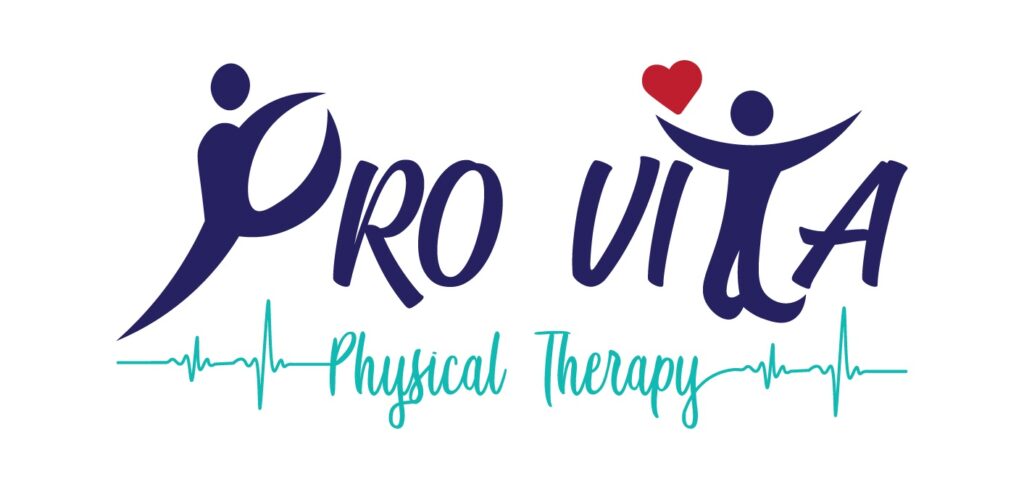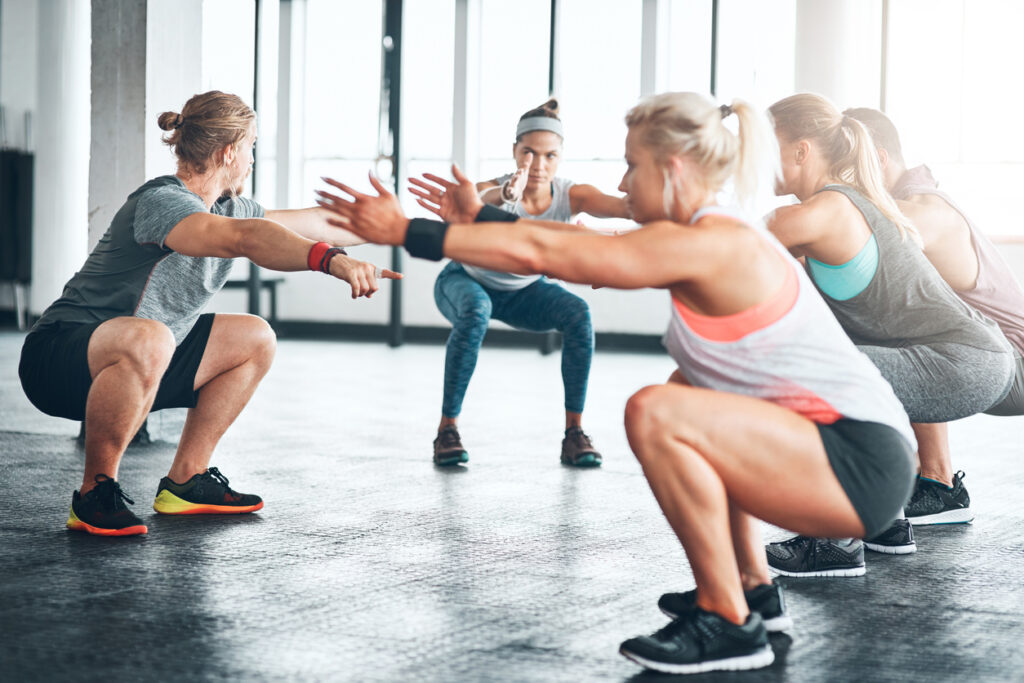Are squats bad for your knees? This is a common question among fitness enthusiasts and those looking to improve their overall health. The short answer is, no, squats are not inherently bad for your knees.
Squats are a fundamental movement that we perform daily, often without realizing it. From using the restroom to picking up objects, squats are an integral part of our daily lives. While concerns about knee pain associated with squats are common, experts emphasize that squats are crucial for maintaining mobility, strength, and preventing injuries. When performed correctly, squats can be a valuable addition to any workout routine.
To avoid potential knee injuries, it’s essential to perform squats with proper form. This involves maintaining a neutral spine, aligning your knees with your toes, and engaging your core muscles. By following these guidelines and gradually progressing the depth of your squats, you can safely reap the benefits of this versatile exercise.
The Benefits of Squats
- Enhanced Knee Mobility: Squats help to maintain a full range of motion in your knees, which can reduce stiffness and prevent future injuries.
- Improved Strength: They target key muscles like your quadriceps, hamstrings, glutes, and core, leading to increased strength and stability.
- Enhanced Balance: Squats can help improve your balance and coordination, reducing your risk of falls.
- Bone Health: As a weight-bearing exercise, squats can help maintain bone density and reduce the risk of osteoporosis.
Squatting Safely
While squats are generally beneficial, it’s essential to perform them correctly to avoid injury. Here are some tips:
- Proper Form: Ensure you maintain a neutral spine, keep your knees aligned with your toes, and engage your core throughout the movement.
- Gradual Progression: Start with a lower range of motion and gradually increase the depth of your squats as your strength and flexibility improve.
- Listen to Your Body: If you experience pain, stop and consult with a healthcare professional or physical therapist.
Common Mistakes and Solutions
- Knee Valgus (Knee Collapse): This occurs when your knees turn inward during the squat. To address this, focus on engaging your glutes and core, and ensure your feet are slightly wider than your shoulders.
- Back Pain: If you experience back pain, it might be due to improper form or weak core muscles. Prioritize core strengthening exercises and maintain a neutral spine throughout the movement.
- Ankle Mobility: Limited ankle mobility can restrict your squat depth. Consider working on ankle mobility exercises to improve flexibility.
Remember: If you have pre-existing knee conditions or are unsure about your squat form, it’s always a good idea to consult with a physical therapist. They can provide personalized guidance and help you modify the exercise to suit your specific needs.
By following these guidelines and incorporating squats into your workout routine, you can reap the benefits of this effective exercise while minimizing the risk of injury.

